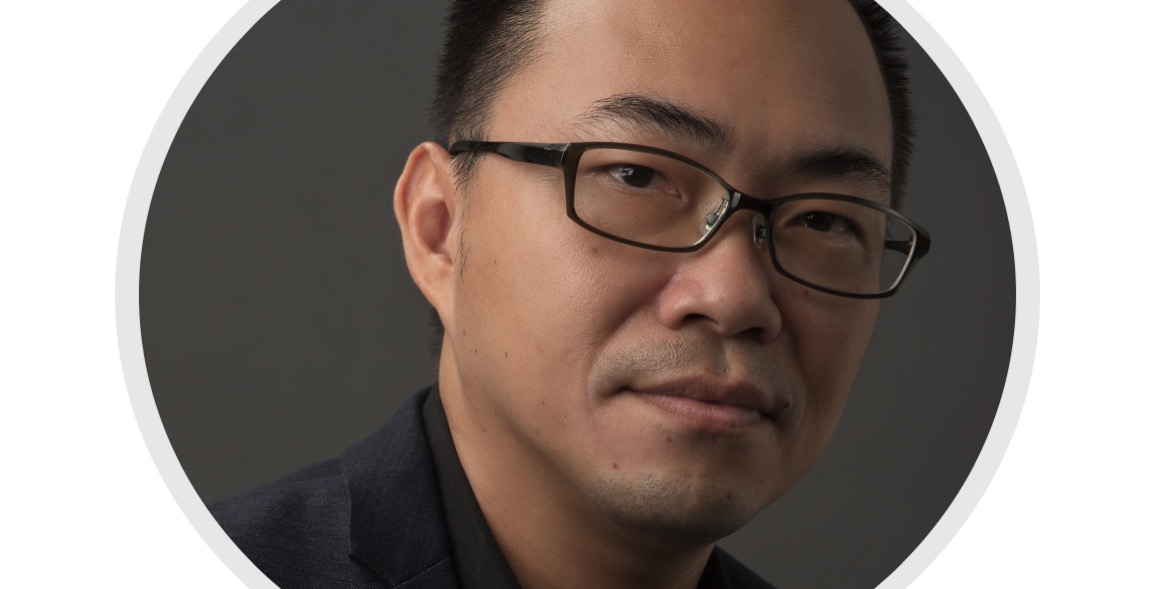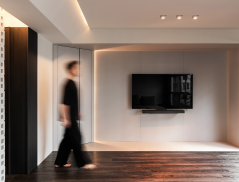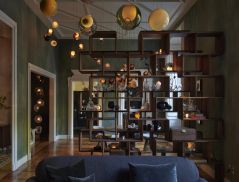
Editor’s note: Placemaking has become an increasingly common term in the design vernacular. Its relevance has been further heightened by the COVID-19 pandemic, where it is regarded as a means to strengthen community bonds. This is part of a series of stories that examines its different facets.
You’re an architect by training. How do you leverage this background when you work on placemaking projects through COLOURS: Collectively Ours?
Besides building and form, architecture is also about designing enjoyable spaces and creating meaningful places. In this respect, placemaking is similar. The main difference is placemaking utilises simple installations, contextual elements and creative programming, instead of walls, roofs and floors. We can still apply many architectural design principles, such as user experience, genius loci, architectural promenade, spatial hierarchy etc.
Can you share three tips on how to encourage stakeholders to be forthcoming in their inputs during community dialogues on how their public spaces should be shaped?
Placemaking is a unique and complex task as it deals with diverse stakeholders and users. There are indeed a few things we have learnt over the years:
1) Be inclusive: It is important to conduct the dialogue in multiple languages, and to organise multiple occasions at different timings in order to reach out to people from all walks of life.
2) Keep an open atmosphere: Professional community organisers and facilitators are crucial in creating an open, welcoming, informal atmosphere, yet be engaging and have in-depth dialogue. A well-planned event might only scratch the surface if it is run by inexperienced volunteers.
3) Be honest and demonstrate trust: Do not come with a hidden agenda, or keep things from the participants. Instead, acknowledge what we know and what we don’t know. A trustworthy relationship is the foundation of a good community dialogue.
What would you say to convince commercial clients to be more receptive towards including community spaces in their developments?
Rather than convincing, we need to first understand the commercial clients’ needs and where they are coming from. Community spaces can certainly benefit them and their users, whether it is about generating higher traffic, creating a unique public culture, or giving back to society. Looking at the current trend, it is also possible that physical spaces become less viable for actual commercial work or retail activities as going online becomes a norm. Physical shops and offices could serve more as a social function, where placemaking would be even more relevant and important.
You're known for your research in age-friendly neighbourhoods. How important is placemaking in this and why?
In the book Creative Ageing Cities: Place Design with Older People in Asian Cities (2018), my co-authors and I have documented placemaking efforts across six ageing cities in Asia, and have shown that collaborative placemaking process can have huge benefits for older people. It builds on their social creative capital and interdependency, thereby allowing them to not only age-in-place, but age-in-community, and to lead a more active and productive life. It is a win-win for healthcare, mental wellness, social engagement, and even environmental sustainability!
What would you say to other architects to encourage them to take up more placemaking projects?
Architects should make placemaking part of their architectural or landscape project, whether it is a school, condominium, shopping mall, factory, museum, or an airport. It is integral to create not just beautiful and usable spaces, but also sociable, delightful and meaningful places for the users. Architects should collaborate with professional placemakers and community designers, as they are the experts in engaging stakeholders and the community, and translate their needs into practical and innovative concepts through an evidence-based design process. I believe this would create more value for both their clients and the users.


 Share
Share









